These Solar Power Inverter series have been designed for any solar energy application. These modern inverters are improvised to convert the direct current from solar panels into alternating current as effectively, supplying reliable and clean energy for homes, businesses, and industries. They help optimize the energy output from the solar panels and ensure a seamless network style.
If you don't see the information and inverters you need here, click on Service Support to find our specialized AI Data Customer Service.
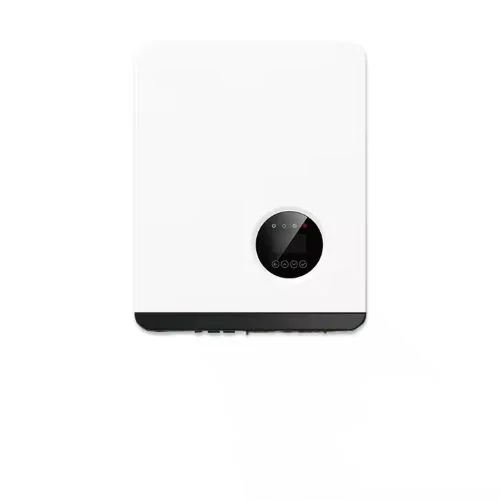
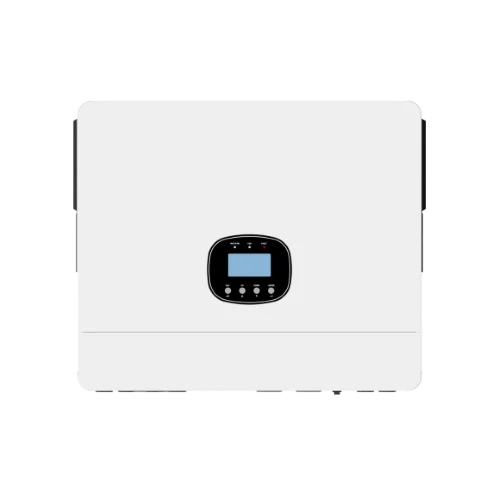
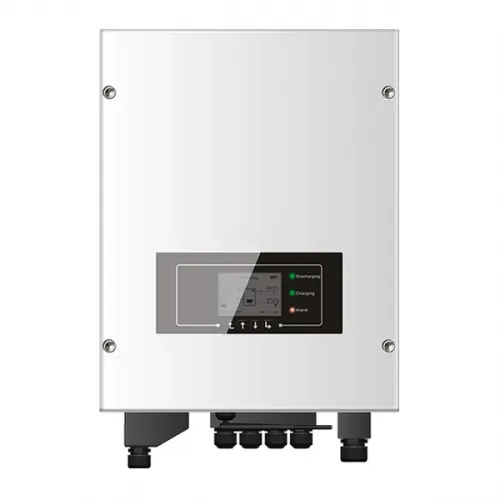

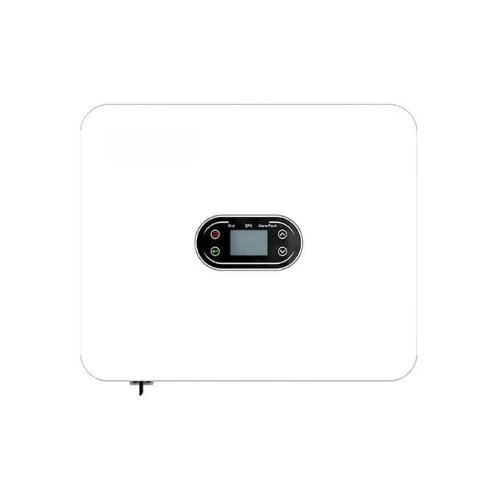
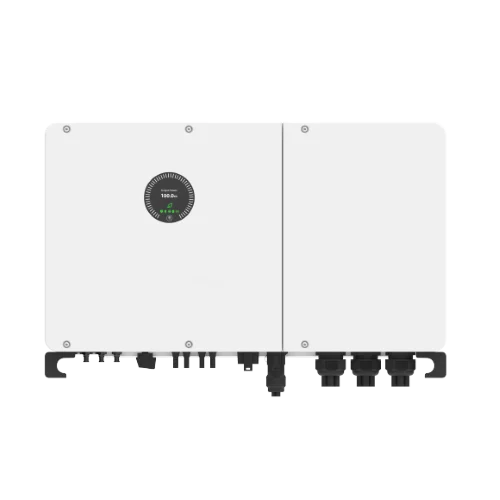
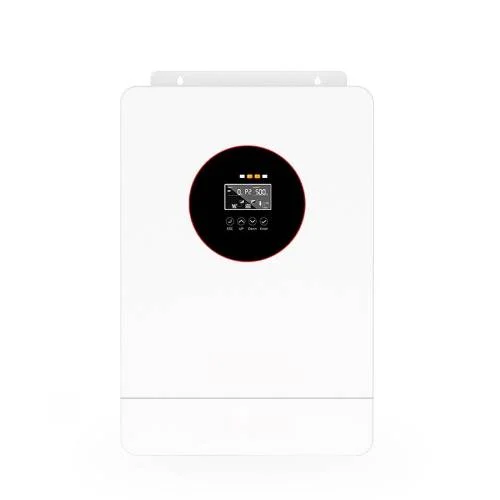
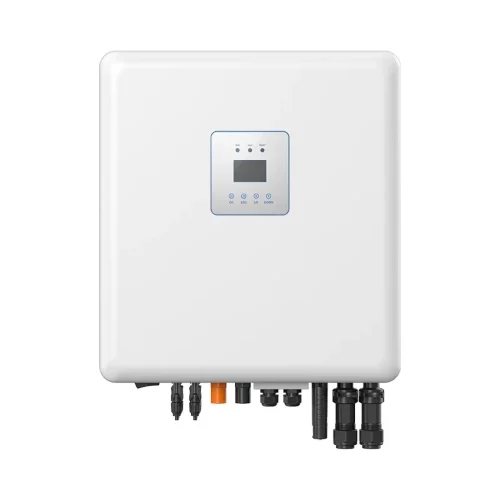
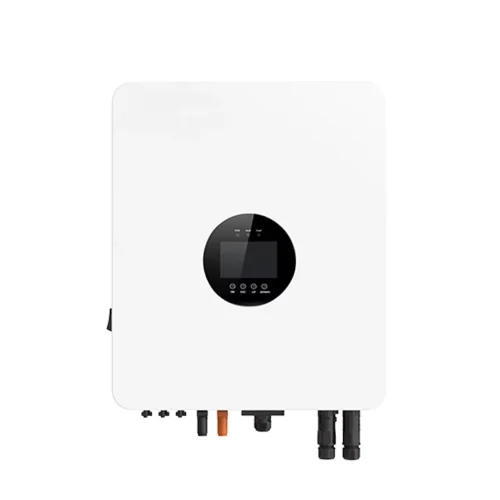
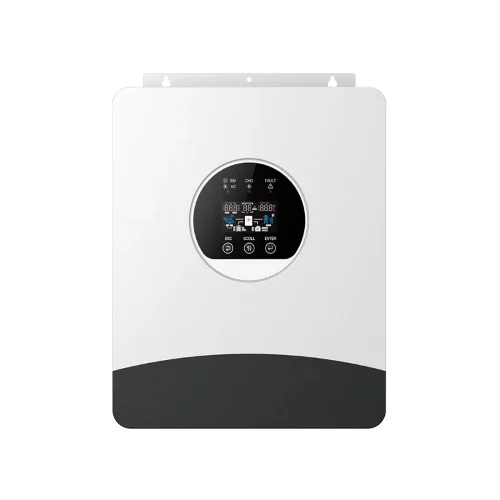
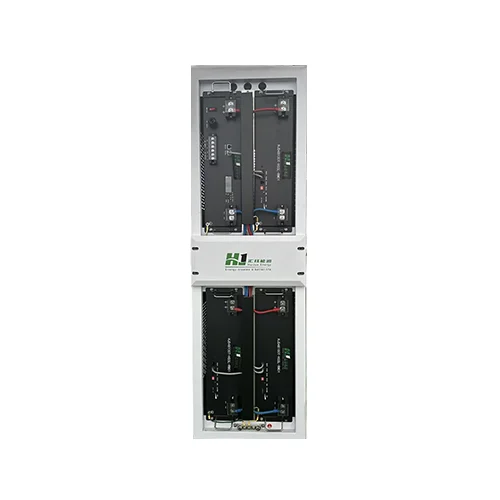
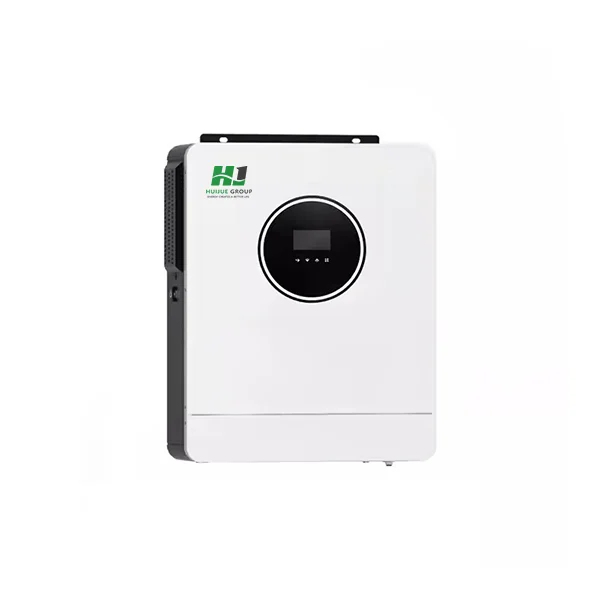
A New Type of Power Inverter
This Solar Power Inverter can be classified under a new special division in the total market of power inverters. It is just like normal inverters for main DC-AC conversion; however, the design is aimed at the application in solar energy systems and has been enhanced to provide better performance and efficiency.
Basic Power Inverter Functions
This kind of inverter performs the primary function of any other power inverter, namely converting DC to AC. This means that electricity from the solar panels can be used for running electrical appliances, fed into the grid, or saved for later use.
Features Specific to Solar Systems
There are some novel features of the Solar Power Inverter that are dedicated to solar applications:
These are the basic power functions of any power inverter:
The solar inverter has the following high-end advanced features for solar energy applications:
The main application of such Solar Power Inverters can be:
The Solar Power Inverter is particularly developed for solar energy systems, which include the following:
Residential Solar Systems: It means converting the DC output from solar panels into AC power for household appliances while serving as an excess sellback to the grid.
Commercial and Industrial Solar Systems: This involves saving energy and reducing costs by powering large facilities.
Grid-Tied Solar Systems: They connect with the electrical grid and allow the selling back of solar energy to a utility company.
Hybrid Solar Systems: It enables maximum use of solar energy and energy independence with battery storage.
Example Applications:
|
Feature |
Solar Power Inverter |
Traditional Power Inverter |
|
Primary Application |
Solar energy systems |
General DC to AC conversion |
|
Maximum Power Point Tracking (MPPT) |
Yes |
No |
|
Island Protection |
Yes |
No |
|
Grid Integration |
Yes |
No (except in specific applications) |
|
Environmental Adaptability |
High (extreme temperatures, humidity) |
Moderate (less environmental concern) |
|
Efficiency |
Very High (optimized for solar) |
Moderate (depends on input/output) |
|
Compatibility with Solar Panels |
Seamless integration |
No |
There is a professional team that possesses experience in designing power storage management systems for homes of all sizes and types of businesses and industries.
Huijue has shown an active interest in storage technologies for either solar or wind power and has kept updating himself with new technological developments to ensure that he could provide the most effective yet economical solutions to clients.
Huijue has collaborated with leading raw material suppliers for lithium batteries, including CATL, BYD, Ganfeng, and other well-known brands, and thus provides customers with the most reliable quality and customer satisfaction lithium iron phosphate batteries on the market. Our solar energy storage systems are durable, featuring an industry-best 30-day money-back guarantee.
Not all clients have power consumption needs the same. Realizing this, Huijue provides the correct solution to their customers. All solutions are tailored according to individual specifications and can withhold super-long supply cycles. The company does a comprehensive energy audit and tailors-makes a customized energy storage system to the special needs of a client within a budget.

Our customer service team helps answer any questions or concerns and provides ongoing support during the lifecycle of the Inverter Li-ion Battery Solar Generator Kit Grid Tie Off-Grid Hybrid Solar Wind Energy Storage System.
Choosing solar and wind energy storage systems is not just about saving money on your electricity bill
it's about having a clean, blue planet for future generations.
 en
en